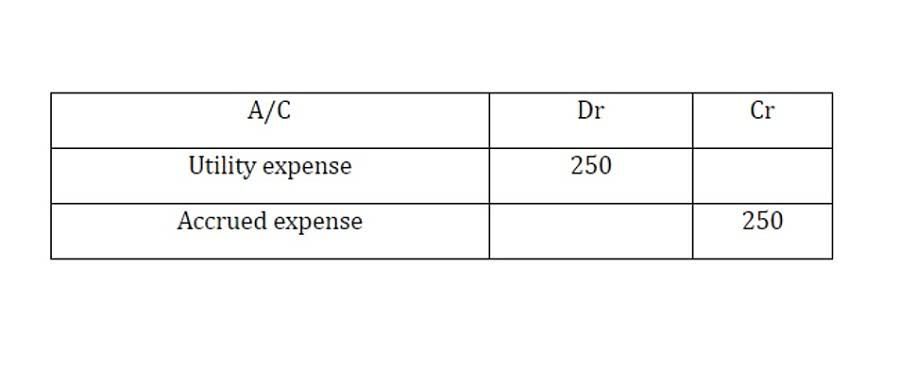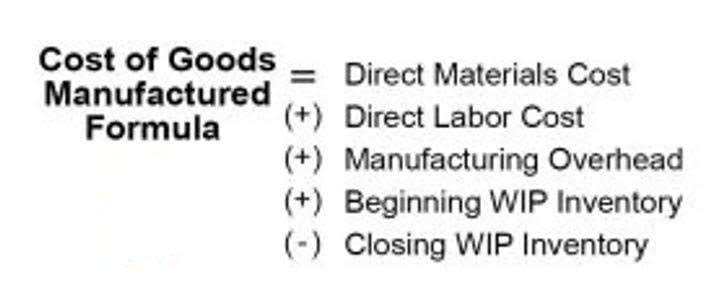The Completed Contract Method of Accounting in Construction

If it is added to the previous year’s cash of minus Rp220 and the cash payment of Rp400, the company’s cash position (and total assets) increases by Rp100 in the second year. In the second year, the company receives cash payments for Rp400. Under U.S. GAAP, it reports revenue and expense of Rp400, resulting in a profit of Rp100. Total equity completed contract method example increases Rp100 as a result of an increase in retained earnings.
What are the advantages and disadvantages of the completed contract method?

This method is mostly used by homebuilders and speculative developers because the sale price is not known until the project is complete. Subcontractors on these projects may also be able to use the Completed Contract Method, depending on the construction agreement. Contracts under CCM may involve milestone payments (e.g., 50% payment at a certain project stage), but the timing of these payments can be unpredictable. For contractors reporting tax obligations under General Accepted Accounting Principles or US GAAP standards, change the completed contract equation slightly.
How to Select Construction Accounting Software for Your Company

You shall make journal entries that are similar to when you are using the percentage of completion method. income statement However, your entries will have an absence of revenue or gross profit recognition during the time the contract project is ongoing. Requirements for contractors using the completed contract method include an estimated project completion date of fewer than two years. The contractor should also not have gross receipts that exceed $25 million for the preceding three years.
Example of Accounting for Income and Expenses Under CCM
In any case, the transfer of control is dictated by your contract’s language, not by how you want to recognize revenue. The percentage of completion method is advocated for by the IRS for long term construction or manufacturing contract projects. In construction specifically, there are two exceptions to this rule.
- Since revenue reporting is postponed, tax liabilities are also deferred — sort of.
- It is simple to use, as it is easy to determine when a contract is complete.
- The articles and research support materials available on this site are educational and are not intended to be investment or tax advice.
- But the starting point can be nightmarish if your current record-keeping is sloppy.
Impact on the Chart of Accounts

Since revenue reporting is postponed, tax liabilities are also deferred — sort of. The reduction of your business tax rates with expense recognition is also delayed. You may use cash basis as your overall method of accounting and use CCM as a specialized method of accounting for your long-term contracts.
Completed Contract vs. Percentage of Completion Method
Let us look at a completed contract method example to understand the concept. A company is hired to construct a building in which the company will charge the customer $2 million, and the project will take two years to complete. The company establishes milestones in which the customer will pay $500,000 or 25% of the project’s cost every six months. Companies should consult a tax professional before deciding which accounting method is best from a tax standpoint. Note that the $1 million exception would apply to contractors with revenues exceeding $300 million over the previous 3 years.
Alternative Minimum Tax
If you watched my video, you noticed I do not adhere to accounting reporting conventions on the balance sheet. In US GAAP, during the construction process, the company does not recognize revenues or expenses. They will realize both when the contract is substantially completed. The completed contract method can be used by any business that enters long-term Bookstime contracts. This includes construction companies, engineering firms, and software companies.
- Professional finance professionals call this an unbankable mess that needs to be cleaned up.
- However, a manufacturing contract only qualifies if it is for the manufacture of a unique item for a particular customer or is an item that ordinarily takes more than 1 year to manufacture.
- It also provides an accurate picture of a business’s financial health.The disadvantages of the completed contract method are that it can impact a business’s cash flow and working capital.
- Recording losses at once represents the most conservative form of accounting, ensuring that financial statement users are aware of problems as soon as they arise.
- However, this also means postponing expense recognition, potentially affecting future tax liabilities should the tax laws change.
- In the second year, the company reports the remaining revenue of Rp180, and the expense of Rp80, generating a profit of Rp100.
- The methods differ in the inter-period distribution of revenue and gross profit.
- If you start on November 1st, you need all the billings and direct costs (to date) for each project.
- US GAAP also allows the use of this method for non-long-term contracts.
- If not, WIP cash flow projections are not impossible but nightmarish to compile, an exercise that should only take a few minutes to complete every Friday night before leaving the office.
Completed contract accounting is best suited to short term contracts that last under one year. For longer contracts, suppliers and contractors prefer the percentage of completion technique. Contractors can either report revenues when projects are done when they bill and when their invoices are fully paid. The first option of reporting on completion of the contract means that your business’s revenues will only be recognized once the contract is fully complete.
- In other words, the activities that earned the revenue or created the expenses are recorded even though the actual money did not change hands at that time.
- Revenue is credited, and the corresponding expenses are debited, resulting in the full recognition of both at the same time.
- Each business has unique circumstances that should be analyzed to determine the best game plan.
- You did not ask this question, but I suggest having the people behind the UDA construction system give you a demo.
- It’s a common revenue recognition practice for businesses that undertake construction contracts, short projects, and manufacturing sectors.
- The main problem with the completed contract method is that reported sales, expenses, and profits will be highly irregular, especially if all of a company’s projects are accounted for in this manner.
How To Account for the Completed Contract Method?

The revenue recognition standards that ASC 606 introduced changed the equation slightly for contractors reporting under U.S. This is because instead of looking at contract completion, ASC 606 looks at the completion of performance obligations. And a single contract may include one or multiple performance obligations. The completed contract method has certain advantages for some contractors. If a project won’t be completed until the following year, the company won’t have to pay tax on that revenue this year.